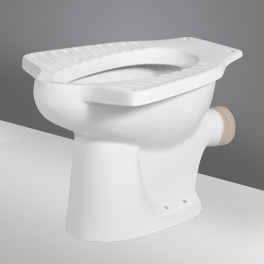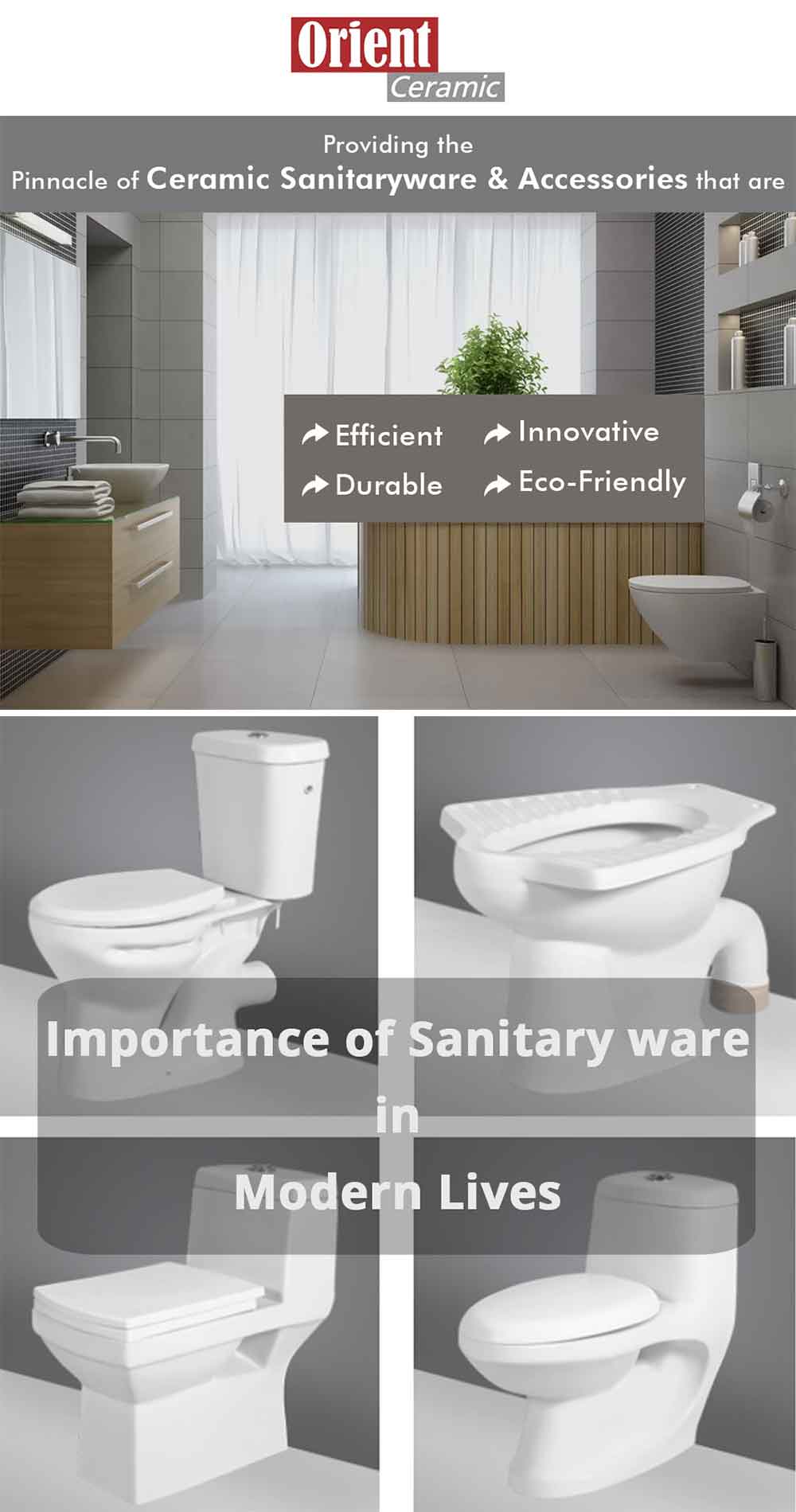
Considering the history of water closets in Africa, it is important to understand the market for ceramic sanitary ware. This article focuses on the leading manufacturers of ceramic sanitary ware and the demand for these products in the continent. We will also explore the market size for ceramic sanitary ware in Africa. You'll learn about the major players and their products in this region. Read on for more information.
History of Water Closets in Africa
In ancient Egypt, the first water-closets were created in the early eighth century. This agrarian lifestyle led to the growth of settlements, but the problems of providing clean water and managing waste remained. Water closets became an essential part of civilization during the eighteenth century and, by the nineteenth century; water closets were a cultural necessity. While the benefits of clean water and sanitation had been known for many centuries, the importance of a water closet was not fully appreciated until the nineteenth century.
In Africa, poor communities often have no access to safe, clean water or sanitation. These sanitary issues, along with the lack of education, poor governance, and basic democracy, are serious problems. Poor people spend a large portion of their day fetching water and carrying it to their homes. Consequently, they do not get the opportunity to learn how to read and act as productive citizens. To solve this problem, there are many innovative products on the market.

Leading Manufacturers of Ceramic Sanitary Ware
The demand for ceramic sanitary wares is steadily increasing in Africa. Currently, they are not affordable to the lower-middle class and those living in rural areas. Therefore, they look for alternatives. In addition, the price of raw materials is fluctuating, putting a crimp on the overall demand for this business. In addition, the stringent government regulations and exchange rate volatility limit the growth of the industry.
In terms of exports, Egypt, Morocco, and South Africa were the largest exporters of ceramic sanitary ware in Africa in 2021. Algeria and Tunisia were the next most important exporters, each generating a major percentage of the region's total shipments. Despite these mixed trends, South Africa saw the fastest growth, while the other two leaders saw moderate increases in exports. However, the market for ceramic sanitary ware in Africa is expected to expand at a slower rate than in other regions.
Demand for Ceramic Sanitary Ware
South Africa's construction sector is an important contributor to the country's economic growth. South Africa is currently receiving support from the World Bank and the African Development Bank for their ambitious plans for infrastructure development. The country's 2022 budget calls for $45.3 billion in infrastructure development across the water, sanitation, and energy. Infrastructure development is expected to boost demand for sanitary ware in South Africa. As more people move from rural areas to urban centers, there will be a need for more sanitary ware.
Commercial ceramic sanitary ware sales will benefit from the growing tourism industry. The commercial segment is expected to grow at the fastest rate, driven by the growing hospitality sector. Luxury ceramic sanitary wares are in high demand in hotels, resorts, and villas. In urban areas, renovations are common, improving the functionality of homes and increasing the value of the property. Ceramic sanitary wares are also used in exterior home renovations.
The Market Size of the Ceramic Sanitary Ware
In 2022, Egypt will be the largest exporter of ceramic sanitary ware in Africa, accounting for 39% approx. of the region's total shipments. Morocco and Algeria are the next largest producers, with Tunisia and Algeria generating slightly smaller shares. South Africa is expected to grow the fastest over the coming years, with total exports in both of these countries reaching a significant percentage in 2022. In addition, the United States is expected to increase its share in this sector, despite the weak economy of the country.
In Conclusion
The residential segment is the largest segment of the ceramic sanitary ware market. Residential buildings are growing in popularity, with demand for ceramic sanitary ware in urban and rural areas being higher. Rising construction activity is boosting this segment, while supportive government policies will increase its scope. The commercial segment will grow at the fastest rate.

Make an Appoinment
Send us Message
Visit us at Address
Vagadiya Road, Thangadh - 363530,
Gujarat, India.
Gujarat, India.
© Copyright 2024, Orient Ceramics, All Rights Reserved.
Web Design & Development by Opal Infotech